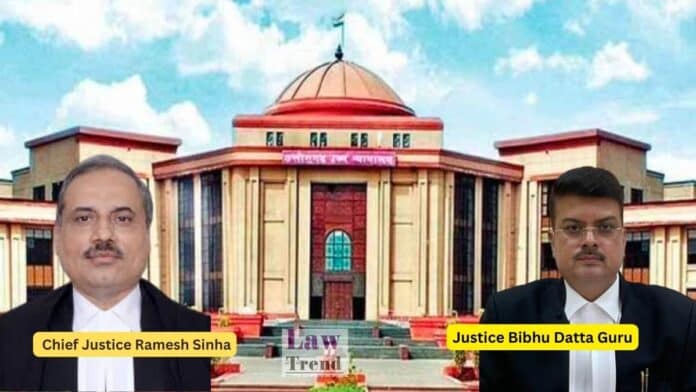The High Court of Chhattisgarh has overturned a trial court’s acquittal, convicting two men for a 2013 murder, attempt to murder, and robbery. A Division Bench comprising Chief Justice Ramesh Sinha and Justice Bibhu Datta Guru found the trial court’s decision to be a “perverse finding,” holding that it had wrongly disregarded the credible and
To Read More Please Subscribe to VIP Membership for Unlimited Access to All the Articles, Download Available Copies of Judgments/Order, Acess to Central/State Bare Acts, Advertisement Free Content, Access to More than 4000 Legal Drafts( Readymade Editable Formats of Suits, Petitions, Writs, Legal Notices, Divorce Petitions, 138 Notices, Bail Applications etc.) in Hindi and English.




